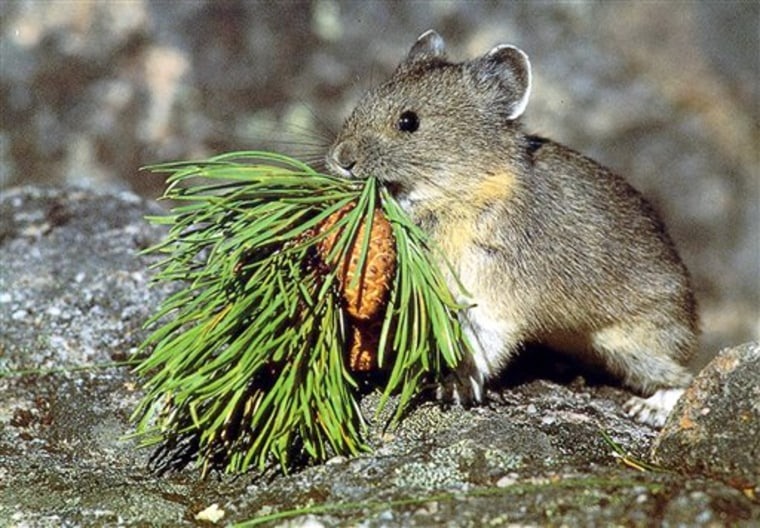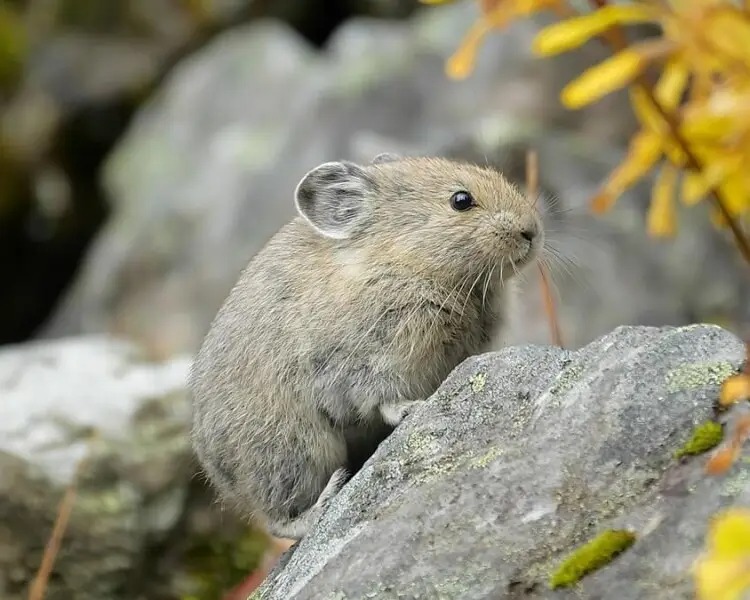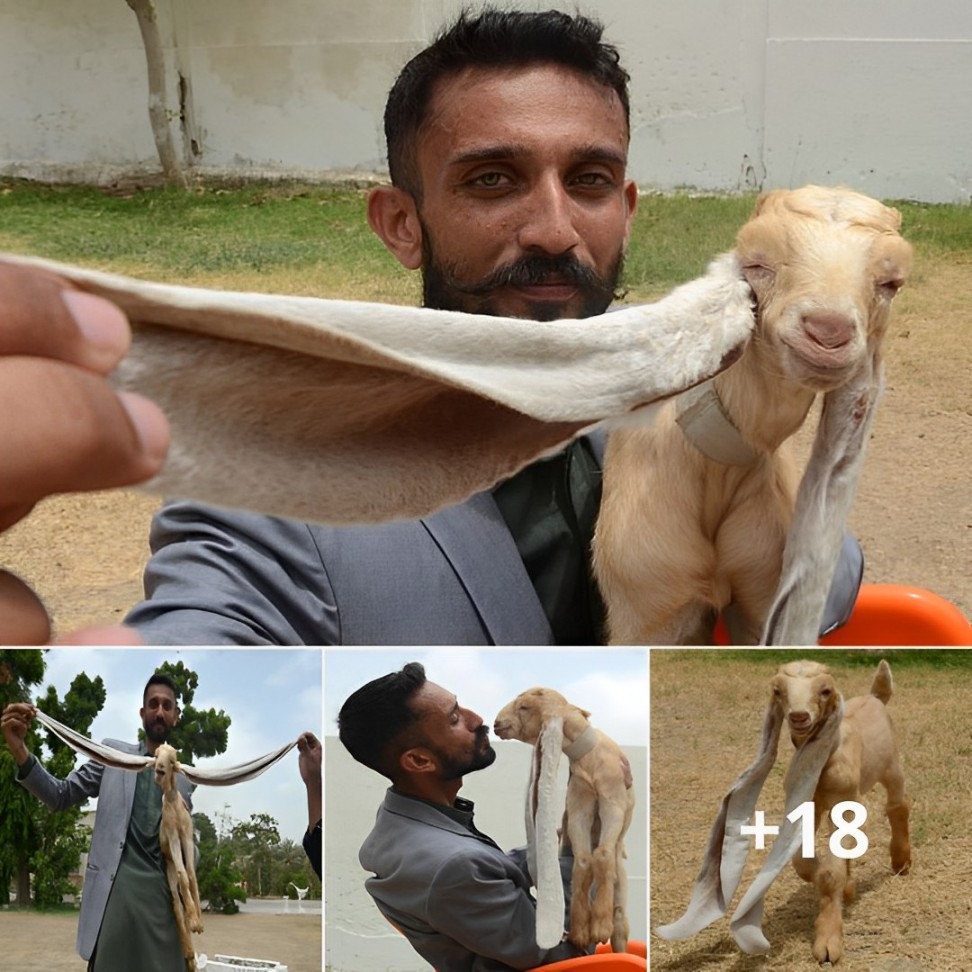The American pika is a cute and cuddly creature that also has a knack for gardening.
 Photo: Frédéric Dulude-de Broin
Photo: Frédéric Dulude-de Broin
The American pika (Ochotona princeps) is a relative of rabbits and hares, but much smaller in size. They live in the rocky slopes and alpine meadows of western North America, where they face harsh winters and scarce food. To survive, they have developed a unique and fascinating way of preparing for the winter called ‘haymaking’, which makes them nature’s most adorable and talented florists.
Haymaking is the process of collecting and drying plants for later consumption. The pikas spend the summer months gathering various kinds of vegetation, such as grasses, flowers, and herbs, and carrying them back to their dens. There, they arrange them into neat piles called haypiles, which can weigh up to 60 pounds. The haypiles are exposed to the sun and wind, which help dry and preserve the plants.
 Photo: National Park Service
Photo: National Park Service
The pikas then use their haypiles as a food source during the winter, when they remain active under the snow. They also use them as insulation and bedding, creating cozy nests inside their rocky burrows. The pikas are very protective of their haypiles, and will defend them from intruders, such as other pikas or predators.
The pikas are not only practical, but also artistic. They have a preference for certain types of plants, especially those with bright colors and pleasant smells. Some of their favorites include lupines, fireweed, and columbines. By selecting these plants, the pikas create beautiful bouquets that brighten up their otherwise bleak surroundings.
 Photo: U.S. Geological Survey
Photo: U.S. Geological Survey
The pikas’ haymaking skills are not only impressive, but also important for the ecosystem. They help disperse seeds and fertilize the soil with their droppings. They also provide food and shelter for other animals, such as birds, insects, and marmots. The pikas are considered a keystone species, meaning that their presence has a large impact on the environment and other organisms.

Unfortunately, the pikas are also threatened by climate change, which is reducing their habitat and food supply. The pikas are adapted to cold temperatures, and can overheat if exposed to high heat for too long. As the climate warms, the pikas have less time to collect plants and more difficulty finding suitable places to live. Some populations have already disappeared from lower elevations, and others may face extinction in the future.






